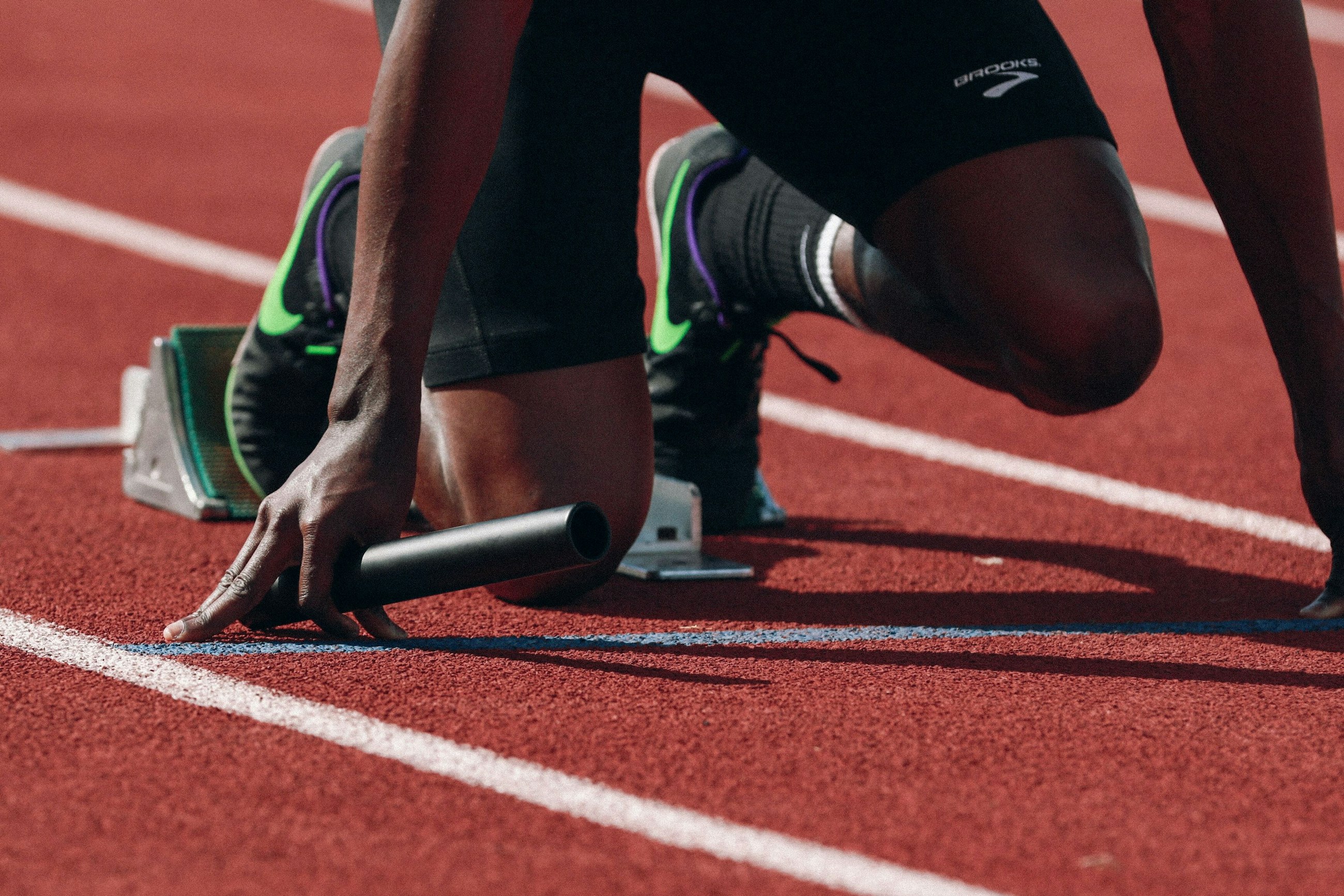Business performance management vs people performance management
1 October 2020
When discussing performance management, we often run into some confusion about the term. Some associate it with human resources, individual performance reviews and discretionary rewards, while others think of the term more broadly.
There is a distinct difference between people performance management and business performance management, the former being a subset of the latter. People performance management relates to how the individual employee is motivated, incentivised and reviewed in terms of their performance. Business performance management relates to a broader set of activities put in place to ensure that the organisation can monitor their ability to reach the strategic objectives.
Business performance management – what is it about?
Business performance management entails the development of a streamlined performance management system that cascades the strategic objectives – i.e. must-win battles – down through the organisational layers by highlighting relevant performance metrics at each respective level.
In achieving this, organisations need to establish:
- A solid technical infrastructure to transform data into performance insights that can be made easily available to the relevant stakeholders across the organisation.
- A proper performance governance structure to ensure that performance insights lead to actions that move the organisation towards their strategic objectives.
A key challenge related to the implementation of a good business performance management system is that many companies struggle to define a balanced setup comprised of both leading and lagging indicators anchored in organisational behaviour. It is no easy task to create a link between strategic objectives, desired behaviour and key performance indicators in a way that will move the organisation in a common direction.
Whatever business performance management model is chosen, it is important that it aligns the organisation towards common goals, inspires actions and desired behaviour and is perceived as fair and relevant across all levels.
People performance management – what is it about?
People performance management concerns the process of continuous communication and feedback between manager and employee related to the employee’s performance relative to their job description and development goals.
Traditionally, people performance management follows a cycle somewhat like this:
- Plan: setting and communicating employee goals.
- Monitor: continuous review of employee performance against the goals.
- Develop: learning and development to improve employee performance.
- Rate: periodical performance appraisal of the employee.
- Reward: recognising and rewarding good employee performance.
People performance management is obviously intended to drive performance; however, unwanted consequences are often encountered due to poor design, half-hearted implementation or a low degree of perceived fairness across the organisation.
To avoid the pitfalls of classic people performance management setups, there is a clear tendency to move away from the KPI-driven, fixed formula reward schemes towards more autonomous models where leaders decide how to allocate rewards based on their own subjective assessment.
Whatever people performance management model is chosen, it is important to ensure that it supports the development and enablement of the organisation’s employees rather than focuses on control and surveillance.
Conclusion
People performance management and business performance management are two closely related topics, the former being a subset of the latter. To ensure maximum impact as an organisation, a structured business performance management setup must ensure that relevant and motivational performance metrics are presented to the individual, whereas people performance management needs to monitor progress and develop the competences needed for the individual to positively influence their performance indicators.







